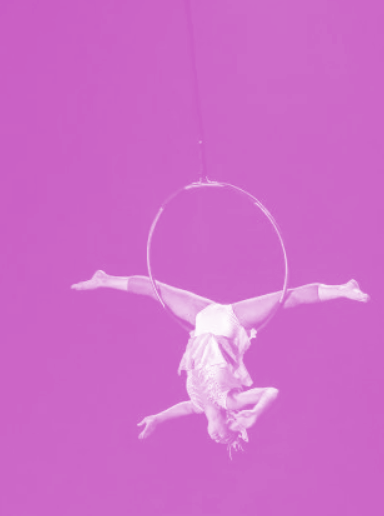Circus safety studied
 Researchers say efforts are needed to prevent injury in circus artists.
Researchers say efforts are needed to prevent injury in circus artists.
Circus arts take many forms, including professional companies, freelance performance, schools, recreational training centres, social circus and physical education. Despite their popularity, knowledge about injuries and illness in performers is lacking.
In 2020 the International Olympic Committee (IOC) Consensus Group proposed a standard guideline for recording and reporting injuries and illnesses in sport and recommended that individual sports develop sports-specific extension statements.
An international group of circus arts researchers, including sports scientist and performing arts researcher Dr Joanna Nicholas from The Western Australian Academy of Performing Arts (WAAPA) at Edith Cowan University (ECU), has formed a working group to develop a circus arts-specific extension to be used with the IOC guideline.
The Circus arts extension statement provides the first standardised framework for researchers and healthcare practitioners to design studies and maintain records of care provided to circus artists.
Dr Nicholas says circus artists have similar skills and physical demands to gymnasts and often require high levels of strength, balance, flexibility, agility and motor coordination.
“However, circus arts have a unique element of risk not often present in other sports and performing arts,” she said.
“One of the central competencies is creativity, which involves challenging the physicality of performance from an artistic perspective to imagine, create and perform new tricks to construct an engaging, and often unique, artistic outcome.”
Dr Nicholas explained that circus arts encompass several areas and artists often train in multiple disciplines.
“Disciplines range from aerial acrobatics (eg. trapeze), ground acrobatics (eg. hand balancing), manipulation (eg. juggling), character (eg. clowning) and music, which all have different physical requirements that carry specific risks of injuries,” she said.
Dr Nicholas says differences in methodology and injury definitions in the existing research have made it difficult for circus researchers to compare or compile findings between studies.
“It’s like combining or comparing apples with pears,” she said.
Dr Nicholas says the new guidelines will improve the ability to compare injury patterns across different studies and allow for data sets across circus studies to be combined.
“Circus researchers will now be able to combine or compare apples with apples,” she said.







 Print
Print